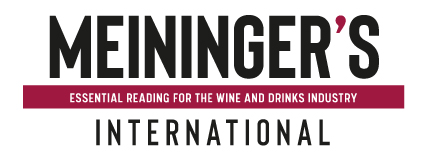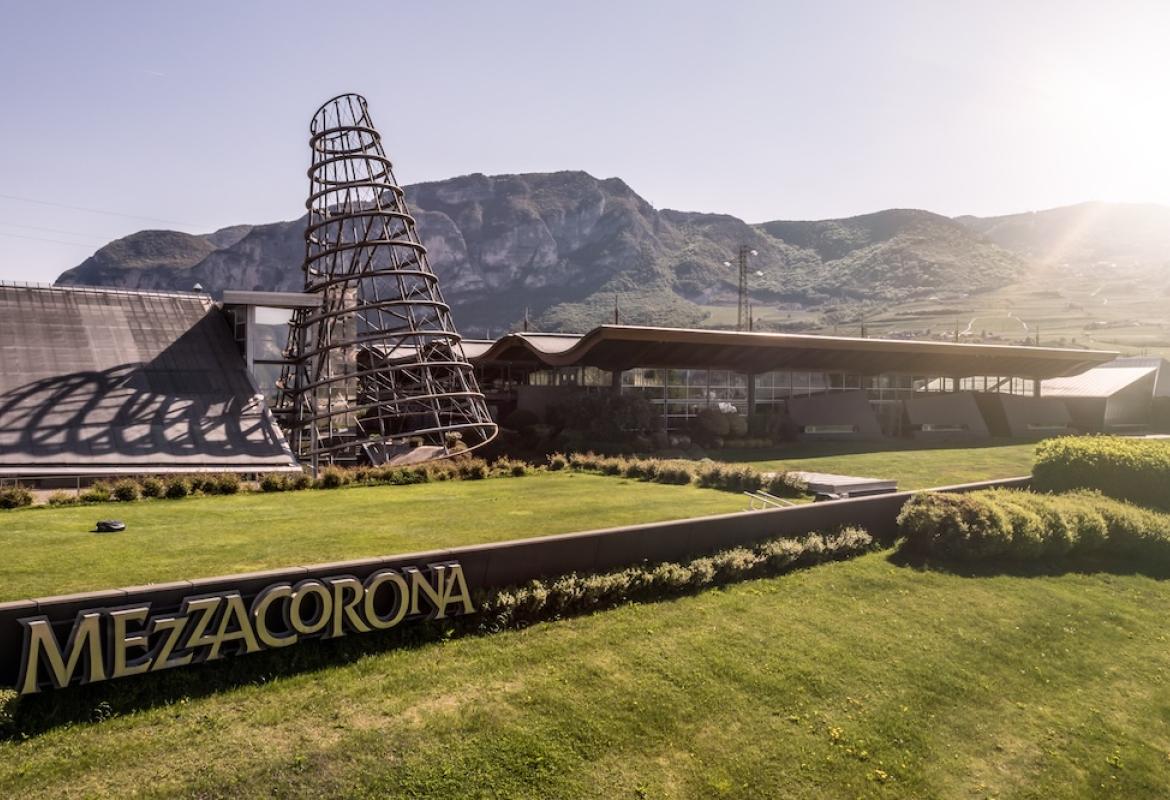Imagine a wine of which 30 million bottles are sold worldwide every year, 15.6 million of them to the USA alone. Imagine a time in which there was no distinct wine culture there, a few decades before the prohibition laws were in force and after their abolition, when mostly fortified wines were consumed. Now imagine that this wine is a comparatively light, sweet white wine from Germany. A wine that has the term Liebfraumilch on the label instead of a grape variety. A label that shows nuns at work in the vineyard. Does that sound a little surprising or even unbelievable to you?
We are talking about perhaps the first wine where the focus was not on origin or producer, but on the brand name. The "Doppio Passo" of the 1980s was called "Blue Nun". Behind the successful brand was the family name Sichel - more precisely, the two companies H. Sichel Söhne GmbH in Mainz, where blending and bottling took place, and the import company H. Sichel Söhne Inc. in New York.
The history of these companies, which have shaped the global wine market, is closely linked to the person of Peter Max Ferdinand Sichel and his widespread family.
Peter Sichel was born in Mainz in 1922 as the son of a Jewish wine trading family and spent a happy childhood in a cosmopolitan, educated and wine-loving family. Even before the two world wars, the capable and worldly-minded relatives had already set up the company globally and rooted it in the respective localities. Well-connected family members ran branches in Bordeaux, London and New York. After the start of the Nazi regime's reign of terror, the entire family undertook a long and difficult flight - first to their relatives in Bordeaux, then, after the Nazi occupation of western France, further south into the territory controlled by the Vichy regime, and finally via Spain and Portugal to New York, where they found a new home.
When the United States intervened in the Second World War after the Japanese attack on Pearl Harbour, Peter Sichel volunteered for the army to help liberate his homeland - and indeed he was later able to ensure that the contents of Sichel's wine cellars were saved during the liberation of his hometown. Within the army, he was soon transferred to the OSS intelligence service, which later became the CIA. Here Sichel began a successful intelligence career that took him to various countries.
The subject of alcohol was always with him, since according to his autobiography, excessive alcohol consumption was definitely part of the agent's life in the post-war period - a circumstance he himself considered threatening, since in his opinion the semi-isolated, nerve-racking life of an intelligence agent drove many men into alcoholism. This was also a reason for him to end his career at the CIA in the 1950s - alongside his disapproval of the Agency's increasing military intervention in the affairs of other nations.
Back to Business
After a kind of apprenticeship in the various companies of his family, where he familiarised himself with the numerous aspects of wine business and production, he joined the New York company H. Sichel Söhne Inc. in 1960. Initially, he was to be trained by the then managing director, however, he soon realised that corruption and grey-zone activities were rampant in the company - so he called upon the managing director to resign prematurely and subsequently took over the reins himself.
In the course of the reorganisation, he handed over the rights for all imports of German and French Sichel wines to the Schieffelin company from New York. However, he remained the leading person at H. Sichel Söhne Inc, the best employees were retained, and they moved into office space in Schieffelin's building in the heart of Manhattan. Schieffelin was bought out by Moët-Hennessy in 1981, but Sichel continued in his role and, together with his cousin Walther, bought back the Sichel company shares from Moët-Hennessy around 1990.
"For me, Peter Sichel is one of the most important personalities of the 20th century; his life combines the 19th and 21st centuries. He comes from perhaps the most important wine dynasty in Germany, which exported German wine all over the world even before the First World War, and after the two world wars - even though none of the family ever moved their main residence to Germany again – he not only shaped the international success of Liebfraumilch, but also of other top German wines."
Daniel Deckers, wine historian, author and editor
The iconic label with the blue-clad nuns (later just a single nun) had been around since 1923, but it was Sichel's creativity, contacts and marketing zeal that would make the Blue Nun brand what it was in the 1980s.

Building a Brand
What made the brand so successful? First of all, it was Sichel's groundbreaking decision regarding the content, i.e. the wine. Previously, various wines of different grape varieties and qualities had been sold under the label with the blue nun. Sichel realised that this led to confusion, especially in a market like the USA, where many young consumers were just discovering wine as a product, because people thought they had bought the same wine but suddenly found a completely different content in the glass.
He decided that there should only be one wine with the label "Blue Nun" and that this wine should be an accessible, smooth cuvée of grape varieties whose taste profile could be reproduced almost perfectly year after year by the wide range of bulk wine suppliers.
“A wine for every meal”
This laid the foundation for an actual brand. Peter Sichel invested heavily in comparatively modern marketing activities. In the pre-internet age, he used radio and television, where he placed zeitgeisty advertisements with a wink, tailored to the young target audience. Among others, the well-known actor Jerry Stiller provided a testimonial. The claim of Blue Nun was to be a wine for every meal (and every occasion), the uncomplicated nature of the wine was emphasised as a quality feature.
Under Sichel's direction, the company also launched other branded wines, some were successful, others, like the ready-made mulled wine "Après-Ski", were perhaps too far ahead of their time. But it was primarily Blue Nun that opened up what is now the world's most important wine market for German wines.
Sale of Blue Nun
Sichel noticed a trend towards varietal wines in the early 1990s, which was accompanied by declining sales of his flagship brand. As a result, he sold large parts of the company as well as the rights to Blue Nun to the company Langguth-Erben in 1995.
This company expanded the product range of the brand, so that today there are again various wines under the Blue Nun label. Peter Sichel writes that a circle has now been closed, as in the beginning, different wines were also sold under the Blue Nun label.

Eternal Involvement
Even after the sale, Sichel remained connected to the wine world, serving in various organisations, including on the board of the Culinary Institute of America (aptly abbreviated CIA) and for a time representing the US at the International Organisation of Vine and Wine (OIV).
On 12 September 2022, Peter Max Ferdinand Sichel will be 100 years old. We offer our warmest congratulations.
Peter M.F. Sichel, The Secrets of My Life: Vintner, Prisoner, Soldier, 2016, 416 pages
This article first appeared in our sister magazine WEINWIRTSCHAFT.





